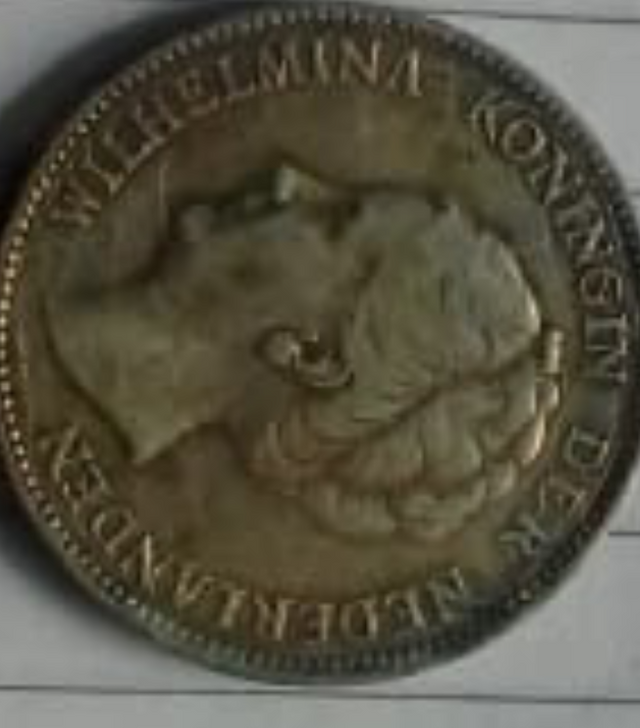
Old Money nederland
I saved some old coins, one of them was a coin nederland. and I intend to sell the coins. if you guys want to have his please please contact me.
Indonesia already has several currencies from various ruling kingdoms at that time as well as money from Chinese merchants commonly called the Chinese Gobog or Pis China. While VOC coins began circulating in Indonesia around the years 1726 - 1794, some coin catalogs mention this coin was made around the year 1602 and circulated throughout the territory of VOC (Vereenigde Oost-Indische Compagnie) until about 1800. Then around 1800-1945 outstanding two types of money, namely Neder Indie or Nederl Indie money or known as Indie Batavia money and money which also began to be published simultaneously, when the Dutch government set Batavia or Jakarta as the capital of the Dutch East Indies.
While the period of money Nederlandsch Indie easier identification that is starting from the year 1856-1945. Well, we will try to discuss Indie Nederlandsch coins in more detail. Because these coins are still widely found and traded, so it's not too difficult to identify them. Please give suggestions and criticism if there is any wrong. Because we are just collectors are not historians.
Broadly speaking this type of coins circulating in Indonesia from Nominal 1/2 cent to 5 cent with the main material of bronze coins, but for 5 cent coins made a mixture of copper and nickel. NEDERLANDSCH INDIE 1/2 Cent 1945. Weight 2.3g. Diameter 17mm. DESIGN: There is Nederlandsch indie writing 1/2 cent in the outer circle. While the inner circle contained writing year Making money eg 1945 and the symbol of Crowned and sea horses. The other side is Javanese writing that reads "Sapara Rong Hatus Rupiyah" and Arabic which read "Saparu Rong Atus Rupiyah" in Indonesian means "Half Two hundred Rupiah".
Another story with NEDERLANDSCH INDIE 1 Cent coins. This coin has two types, hollow coins that began to circulate around the year 1857-1929 and type not hollow from 1936-1945. It weighs about 4.8g in diameter: 23mm. DESIGN: For 1936-1945 coins there is a hole in the middle with a value of 1 C below and NEDerlandsch INDIE writing and a paddy image.
On the other side of the coin are Javanese, Arabic and floral reliefs. As for coins published 1857-1929 this coin does not have a hole. The design is a Crowned Dutch Arms logo flanked by a coinage year. On top of it there are writings of Nederlandsch Indie and nominal coins. The opposite side of Javanese and Arabic script.
There are two similarities in this coin that is the similarity of Javanese and Arabic script. In the written sentence using the Java script reads "Sapara Satus Rupiyah". While the Arabic letter reads "Sapara Saratus Rupiyah" in Indonesian means "Half a Hundred Rupiah" Another uniqueness in the 1 C coins published 1945, namely the letter P, D and S written small after the number 1945. The writing of the three letters to show factory made coins. P for United States Mint, Philadelphia, PA, U.S.A. S for United States Mint, San Francisco, CA, U.S.A. D for United States Mint, Denver, CO, U.S.A. For 2.5 cent fractions (also known as benggol) made from copper materials weighing 12.5 grams. Diameter: 31mm DESIGN Home: Dutch Crown logo and year, fastest writings Nederlandsch INDIE and nominal money 2 1/2 cent. Back: There are Javanese and Arabic letters that read "sapara patanguluh rupiyah" or in Indonesian means "half forty rupiah".
This Indie Nederlandsch coin was made during the time of the Dutch Queen WILLEM III for coins produced in 1856-1858 and Queen WILHELMINA for coins of production years afterwards until 1945. Apparently during the Dutch colonial period Rupiah has become the name of our currency first, before the word Indonesia appears and officially be the name of our country. For a 5 cent coin wait for our next investigation.
Because this coin relief is not so embossed as the three coins above, then we still need time to learn it. Among Numismatik or collector of ancient money, the price of the coins of this Dutch colonial period, not yet have a fixed price. So far the catalog of ancient money, just publishing catalogs of banknotes, has not reached the coins.
So there are some people who apply the price of millions to billions for one type of Dutch coin, because the assumption that this coin is an old coin, only seen based on the published numbers of coins. However, based on the Standard Catalog of World Coins 2008 the price of this coin for a very good condition coin from 1945 valued $ 3 and the most expensive coins in 1856 for $ 200. The price of these coins may vary depending on the condition of the coin and the agreement between the seller and the buyer.